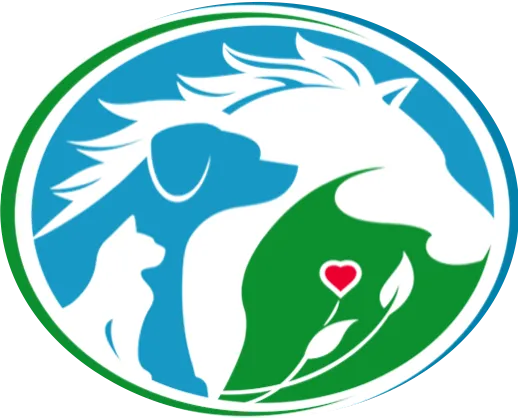Cats, Dogs, Horses, Small Pets, Birds, Poultry & Reptile
(How to Use with Fish is below)
read our testimonials & articles about
Avian Harmony and Well-being
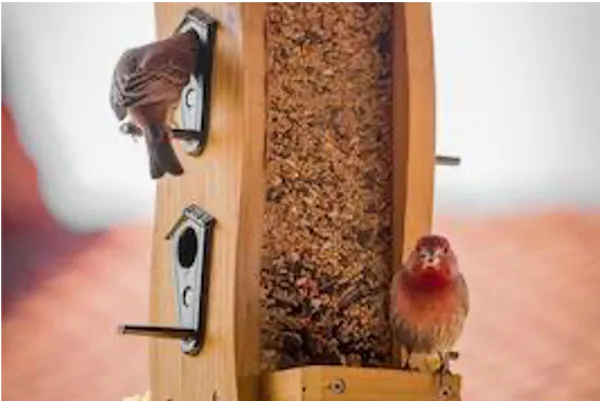
Harmony at Emily's Bird Feeder
A Story of Understanding and Calm
When Emily set up her new bird feeder, she was thrilled by the sight of birds flocking to her backyard. It was the peaceful retreat she had always imagined, watching different species of birds come together to feed and enjoy the garden. However, Emily soon realized that not all was as peaceful as she had hoped. One particular bird became a regular visitor to the feeder, but it wasn’t there to share the food—it was there to claim it for itself.
Reaching Out for Help
After a few weeks of witnessing this constant aggression, Emily decided to reach out to Calm Animal Solutions. She had heard about the ways flower essences could be used to create harmony and reduce stress, and she was curious if this approach could help the aggressive bird. Catherine Winfree, the founder of Calm Animal Solutions, suggested a custom flower essence blend with the goal of bringing “Harmony at Emily’s Birdfeeder.” Catherine explained that the bird’s aggressive behavior could be a result of stress or insecurity, and that the essence could help calm the bird and encourage a more peaceful coexistence with the other birds.
Catherine told Emily she expected one of two outcomes. Either the aggressive bird would stop chasing off the others and learn to share the feeder peacefully, or the bird might decide that the competition for food wasn’t worth the effort and find another place to eat. With those expectations in mind, Emily began using the essence around the bird feeder.
The First Week's Signs of Change
As the first week passed, Emily kept a close eye on the bird’s behavior. To her surprise, the bird seemed to calm down. The aggressive chases were no longer happening. The bird still appeared at the feeder each day, but instead of chasing off the other birds, it simply sat nearby, keeping a watchful eye on the others as they ate.
While the bird’s aggression had lessened, Emily noticed a subtle shift in its behavior. It seemed uncertain about how to interact with the other birds. There were moments when the bird would approach the feeder and hesitate, as if unsure of how to share space with the others. Emily couldn’t help but wonder if this hesitation was rooted in the bird’s own insecurities—was it unsure of its place in the pecking order, or was it just overwhelmed by the presence of so many other birds?
The Second Week's Profound Revelations
The following week, Emily decided to observe the birds more closely. Armed with her bird-watching binoculars, she began to notice something that hadn’t been immediately obvious before. The aggressive bird had physical challenges that explained some of its odd behavior.
Upon closer inspection, Emily realized the bird had club feet, which made it difficult to perch like the other birds. It was clear that the bird’s feet were not fully formed, and it couldn’t grasp the feeder’s perches as the other birds did. Instead, it had to sit in the tray of birdseed to access the food, which slowed its ability to eat compared to the other birds.
But that wasn’t the only thing Emily observed. She also noticed that the bird had a deformed beak, which made eating much more difficult and time-consuming. While the other birds pecked quickly and moved on, this bird had to carefully maneuver the seed into its mouth, taking much longer to eat. The bird’s body language seemed to express frustration as it struggled to feed, often glancing around nervously as the other birds ate their fill.
Emily was struck by a new sense of empathy for the bird. What had initially seemed like aggressive behavior was, in hindsight, likely a response to its physical challenges and the anxiety these challenges caused. The bird wasn’t just guarding the food; it was struggling to find its place in a space that was difficult for it to navigate.
Emily's New Empathetic Awareness
Emily realized that the bird’s aggression had stemmed from a deeper emotional and physical place. Its limitations made it harder to compete with the other birds for food, and its frustration and insecurity led to the defensive behavior. With this new understanding, Emily could appreciate the subtle transformation that had occurred in the bird over the past two weeks. The flower essence had not only helped the bird become less aggressive but had also started to calm its anxious energy, allowing it to adapt and find a more peaceful way to interact with its surroundings.
Conclusion
Over the course of the next few weeks, the aggressive bird continued to show signs of calm. While it still took its time feeding from the tray, it no longer chased off the other birds. Instead, it allowed them to eat alongside it, often sitting quietly, content with the food it had access to. Emily was able to enjoy her birdwatching once more, this time witnessing the beauty of cooperation and understanding among the birds.
The story of Emily’s bird feeder serves as a powerful reminder that sometimes, aggressive behavior is a cry for help—an expression of stress, insecurity, or physical discomfort. Through a custom flower essence blend, the bird was able to calm its anxious energy and adjust to its environment, creating a peaceful space for all the creatures involved.
This experience also highlights the power of observation and empathy. Emily’s willingness to look deeper into the bird’s situation helped her understand its behavior and approach the situation with compassion rather than frustration. Thanks to the support of Calm Animal Solutions, Emily was able to bring harmony to her bird feeder and create a peaceful space not just for herself, but for the birds that visited her backyard.
Calm Animal Solutions is bringing gentle, natural calming support to animals everywhere —
because we believe every animal deserves to feel safe, known, and supported.
A Trained Animal Communicator Connects with Your Pet
With every order, a trained animal communicator connects with your pet to choose the right blend of flower essences
(e.g. Bach Flower Essences) for calming their anxiety. Custom blended flower essences are natural pet calming products.



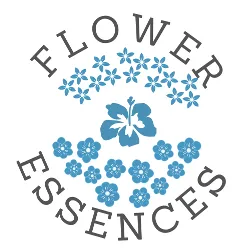
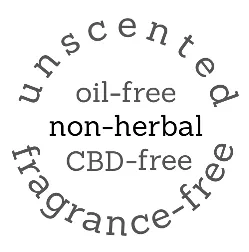
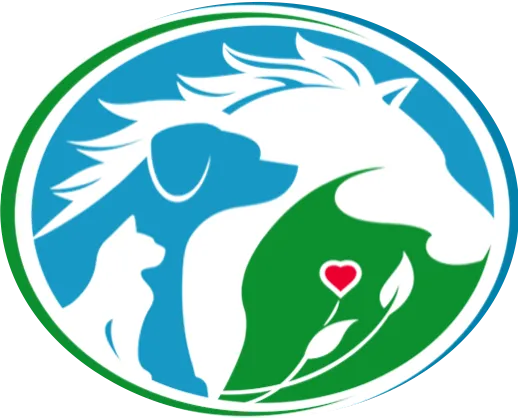
Calm Animal Solutions
Calm Animal Solutions offers customized, natural remedies for dog anxiety, and are calming for cats. Plus, we create blends for horses, small animal pets, birds, poultry, reptiles, and fish.
Flower Blends
CustomBlends4U
©2025, Catherine Winfree. All rights reserved.
Mandatory FDA Notice: The statements made regarding Calm Animal Solutions have not been evaluated by the Food and Drug Administration. These products are not intended to diagnose, treat, cure, or prevent any animal disease. Although the ingredients in Calm Animal Solutions are generally regarded as safe, you are encouraged to consult your veterinary before using any essence product (such as Bach Flower Essences, for example).
Bringing gentle, natural calming support to animals everywhere —
because every animal deserves to feel safe, known, and supported.
A Trained Animal Communicator Connects with Your Pet
With every order, a trained animal communicator connects with your pet to choose the right blend of flower essences (e.g. Bach Flower Essences) for calming their anxiety. Custom blended flower essences are natural pet calming products.





Mandatory FDA Notice: The statements made regarding Calm Animal Solutions have not been evaluated by the Food and Drug Administration. These products are not intended to diagnose, treat, cure, or prevent any animal disease. Although the ingredients in Calm Animal Solutions are generally regarded as safe, you are encouraged to consult your veterinary before using any essence product.

Home | Contact | Terms | Privacy Policy | About Catherine
©2025, Catherine Winfree. All rights reserved.
